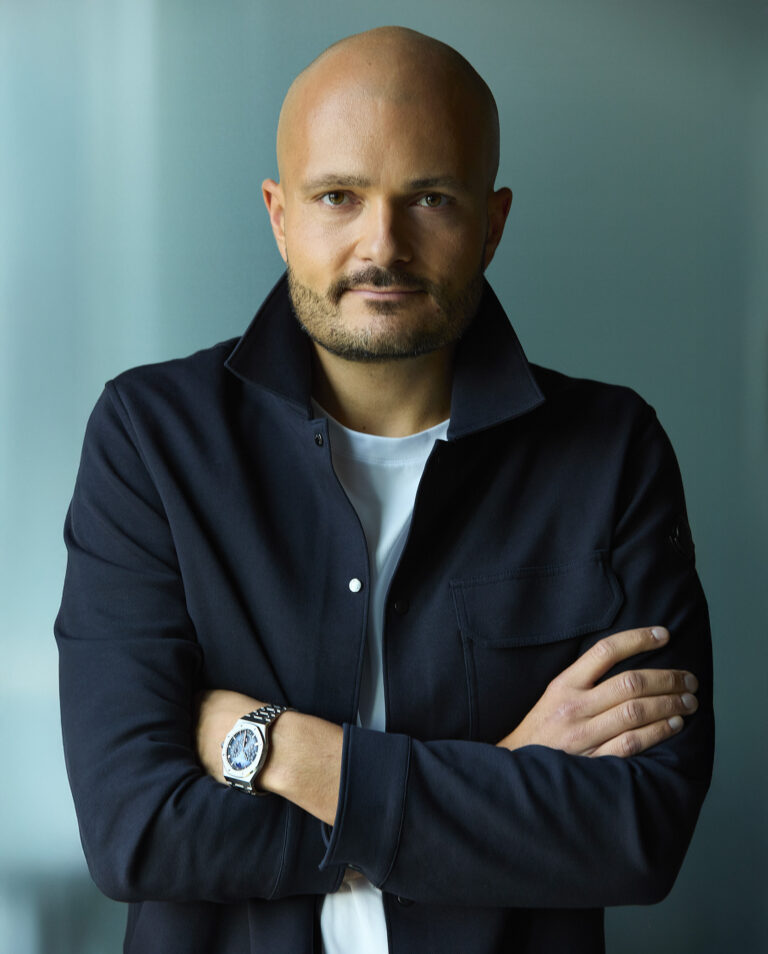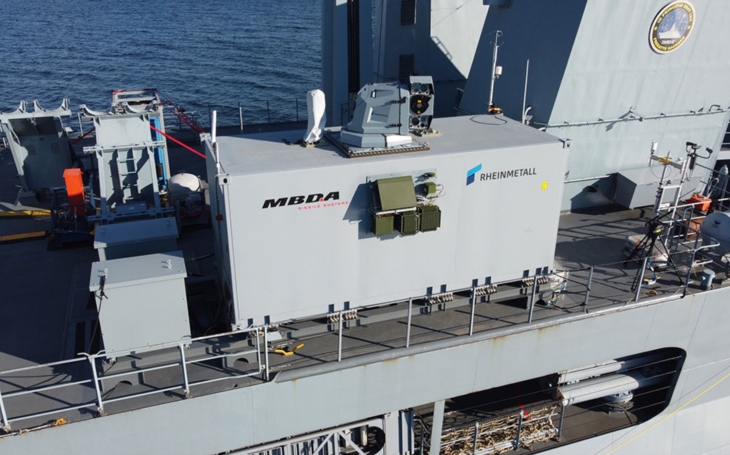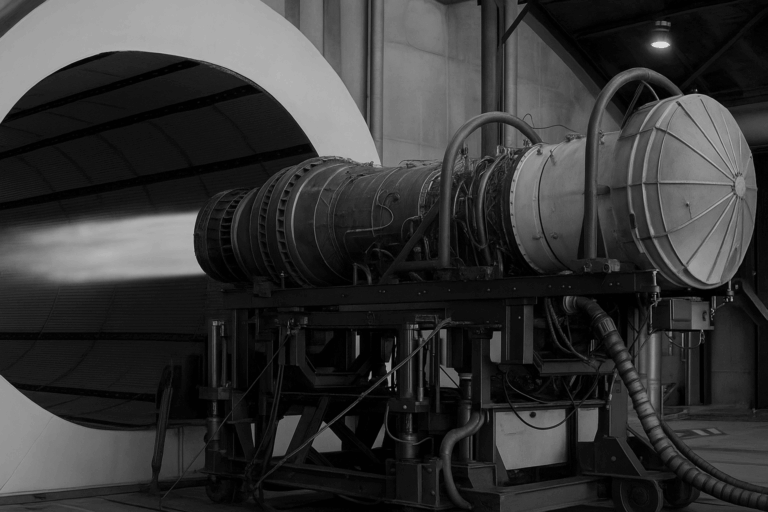
Aerospace projects have tough requirements — lightweight power systems, environmentally friendly manufacturing processes, and quick testing to ensure parts are flight-ready — all without sacrificing quality. Converter solutions can help achieve this. These solutions range from power electronics for large-scale power transfer to advanced cutting techniques for producing reliable parts.
What to Expect From Converter Systems for Aerospace Use
You want partners and platforms that deliver measurable gains in power density, manufacturability and certification readiness. Use this quick check to align expectations before you commit.
- Demonstrated power conversion at high voltage with low loss
- Rotary roll-to-roll capability for tight tolerances at scale
- In-line metrology and first-article verification you can audit
- Materials expertise across electromagnetic interface (EMI) shielding, thermal paths and vibration control
What is the Top Converter for Aerospace Components?
Choosing the right converter system is key for aerospace components. These five solutions stand out for their ability to reduce risk, protect timelines and boost reliability:
1. Advantage Converting
Advantage Converting transforms designs into finished parts using precise rotary roll-to-roll methods. As a 3M Preferred Converter, it develops the manufacturing process based on your design specifications and then validates it through inspections and vision checks. This ensures repeatable parts for cabins, avionics bays and propulsion enclosures.
Advantage Converting is an expert in tapes, foams and films for managing heat, blocking EMI and sealing fluids. For damping, it designs parts that dissipate or redirect mechanical energy, avoiding overstated attenuation and protecting surfaces. It also excels in rotary die-cut EMI and thermal interface parts, multilayer laminations, precision gaskets and vents, and clean release liners and kitting.
2. ABLE
ABLE closes the gap between one-off prototypes and full production. You bring the print and environment, which helps you develop the manufacturing path, validate fit and function and scale on rotary lines. Clients reduce touch labor with kiss-cut reels, engineered laminations and clean room converting that keeps adhesives and foams consistent from lot to lot.
The result lands well in drones, eVTOL cabins and satcom enclosures that need thin, tough, traceable parts. You maintain velocity while you prepare for certification testing.
3. Collins Aerospace
Collins Aerospace drives power conversion that supports more electric architectures, from 540 VDC distribution to variable-frequency AC and 28 VDC loads. Hybrid-electric demonstrators and advanced starters need compact rectifiers, DC-DC modules and frequency converters that shave weight and heat. NASA’s current work on megawatt-class electrified propulsion shows the direction of travel, including a 1.4 MW high-efficiency motor that depends on tight converter integration to hit power density targets.
Regulators also keep pushing for clarity. The European Union Aviation Safety Agency’s latest updates to Special Condition VTOL Means of Compliance add structure that helps teams derisk electric power integration and supporting systems earlier in the program. You avoid late surprises when you size traceability, thermal margins, and redundancy models around those expectations.
4. BrightLoop
BrightLoop focuses on lightweight DC-DC converters that feed propulsion inverters, battery BMS rails, and sensitive avionics. Programs adopt wide-bandgap semiconductors to hit efficiency and temperature goals in thin packages. NASA highlights silicon carbide’s value in harsh aerospace environments, with electronics that sustain high-temperature performance while keeping weight down, which aligns with BrightLoop-style high-power density blocks.
You gain stable rails for flight computers, pumps and actuators without oversizing heat sinks. That stability pays off when you step from hover power to cruise or when you ride through transient loads on distributed buses.
5. Vicor
Vicor’s modular approach provides building blocks that slot into tight volumes, leaving room for thermal paths. You can place conversion close to loads and reduce copper weight across long runs. In electrified aircraft propulsion, that locational flexibility matters because every centimeter of busbar adds loss and thermal burden. NASA’s electrified propulsion program underscores the system-level push for efficiency and weight reductions from component choices like these.
As designs move from lab rigs to iron-bird test stands, you can reconfigure modules without a board respin. That agility protects plans when power budgets shift late in integration.
Why Power Conversion and Manufacturing Matter Now
Programs need more electricity on the wing and in the cabin, yet must meet the same or tighter weight budgets. EASA notes limited fully certified electric GA programs since 2020 and highlights the drag that battery energy density still creates, which drives even more attention to efficient converters and clean distribution. Converters that waste less power let you downsize batteries and wiring, which improves range and payload.
Airspace integration also advances. The Federal Aviation Authority’s Innovate28 plan outlines steps toward scaled advanced air mobility operations at one or more sites by 2028. That timeline pushes teams to lock architectures, qualify parts and harden supply chains. Conversion losses and unqualified materials must be resolved before flight operations ramp up.
How to Choose the Right Partner for Flight-Ready Parts
Treat selection like a systems trade. A top converter for aerospace components shows rotary capability, in-line inspection and material breadth that covers shielding, thermal and sealing in your temperature and chemistry ranges. Ask for first article inspection reports and vision-system data by lot, then match that evidence to your build plan and environmental tests.
On the power side, chase efficiency and thermal headroom before you go after features. NASA’s current silicon carbide work supports higher temperature operation and durable packaging, which keeps converters stable near hot zones without heavy cooling. That margin carries through hazard analyses and helps you satisfy Means of Compliance updates with fewer redesigns.
Practical Use Cases You Can Green-Light
Approved use cases include EMI-shielded, rotary-cut foam-in-place alternatives, which block noise in composite cabins and reduce weight compared to metal cans. Thin thermal pads can protect avionics under transient loads during eVTOL transition. Certified DC-DC rails can ride through propulsor transients without brownouts, enabling clean data logging for safety assessments under EASA’s evolving guidance.
For training fleets and research labs, frequency converters that condition ground power maintain avionics and battery health between sorties. This stability reduces troubleshooting time and prevents false alarms in power quality monitors as aircraft cycle through maintenance stands.
Next Steps with Advantage Converting
When you need production-grade converted parts, engage Advantage Converting early. Share the environment, tolerance stack and installation method, then co-develop the manufacturing process to hit those targets. Leverage rotary lines for cost, first article and in-process vision for proof, and end-use die-cut parts that arrive kitted for your stations.
Advantage Converting is a 3M Preferred Converter, which helps you source qualified materials without stalls in the supply chain. Bring the print, set the test plan and align delivery with your build rhythm. Your team stays focused on flight tests — not rework.
By: Megan Vitanza






